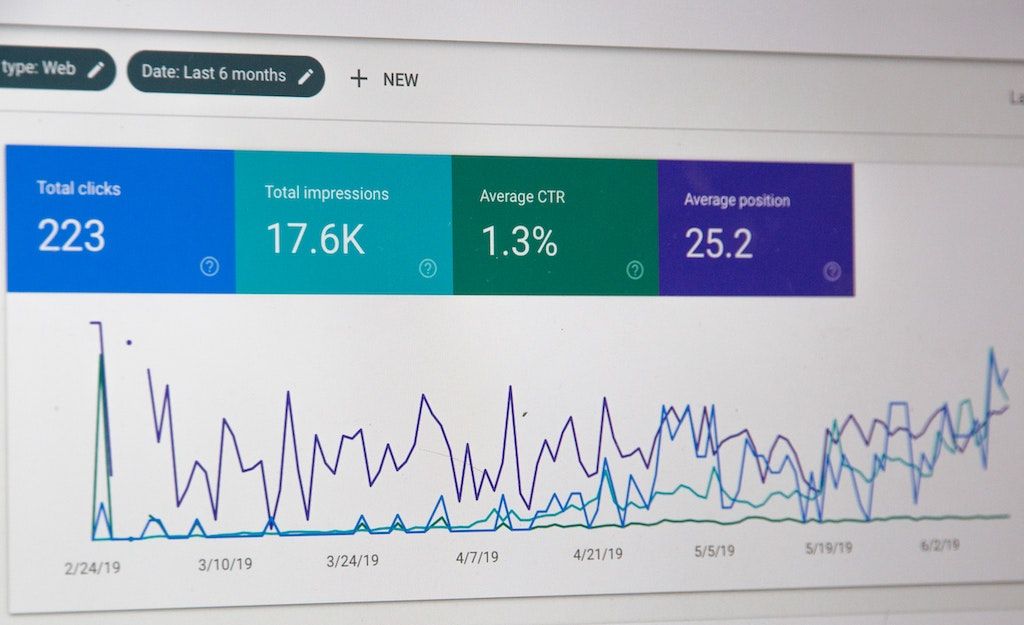ROI in influencer marketing. How to measure it?

Amina Gadjieva
Senior Marketing Manager
We bet you’ve seen all those catchy article titles like ‘Influencer marketing delivers 15x ROI!’ promising an outstanding outcome from basically any influencer campaign. Appealing, we know! Almost makes you want to stop doing everything you were doing in marketing before and invest all the money and time in content creators.
But before you do that, it’s worth investing some time and really understanding what ROI in influencer marketing is and, most importantly, how to measure it. Let’s dive in and see if this game is even worth playing.
Expenses
First, let’s see what expenses each campaign includes:
The product. No matter if it’s something you send to an influencer physically (a new clothing line or limited scented candles collection) or a virtual product (access to an online course or streaming platform) - it’s your job to calculate how much it costs your brand to provide your product or service to an influencer.
Shipping. Yes, it’s also on a brand to cover all possible expenses when shipping a product to an influencer. Also, if it requires content creators to send the product back, the brand is supposed to pay for that.
Influencer’s fee. Sometimes it can be a product exchange, sometimes an affiliate commission, or a flat fee. Whatever pricing model you choose to work with, it has to be included in influencer marketing expenses.
Team’s salary. Do you have just one person working on influencer marketing campaigns or there is a team? You have to include their monthly fee in influencer marketing expenses.
Third-party platforms. If you pay for any platforms to manage influencer campaigns, it’s also considered one of the expenses and must be included to measure ROI.
Tools to measure ROI
Previously we shared how to create the perfect influencer marketing campaign and prepare the basics. Now, let’s see what tools you need to measure ROI and see the overall performance of influencer marketing efforts.
Affiliate links. Probably the easiest way to track sales and traffic from each influencer you work with. The process is simple:
- You create a unique affiliate link for each influencer
- Share it with an influencer
- The influencer shares it with the audience
- People click on the link and purchase your product or service
Generating unique affiliate links allows you to see all the data around the number of clicks on your website and the number of sales. So by this time you probably wonder how to create an affiliate link. Well, fortunately, now tons of affiliate platforms are available with different prices and feature sets. Google away!
UTM links. The oldest and the most complicated way to track sales and traffic from campaigns. Basically, UTM is the code that you insert in a regular link in order to see how the link performs on Google Analytics. This method requires deep knowledge of Google Analytics.

Dedicated landing pages. When you drive a lot of traffic to your website from different channels, from organic and paid content, it might be frustrating and messy to also track UTM links from influencer marketing on Google Analytics. In this case, creating a dedicated landing page and connecting it to Google Analytics separately will help see clear data from the campaigns alone.
Unique discount or gift codes. Another easy way to see how an influencer campaign performs. This method doesn’t require you to build any landing page or figure out how to use a complicated third-party platform, the only thing that needs to be done is a way to track the codes every time someone uses them. The flow is similar to the first one:
- You generate a unique code for each influencer
- Share it with an influencer
- The influencer shares it with the audience and encourages them to use it when purchasing your brand’s product or service
- And whenever someone places an order on your website and uses the code you can see who and when did it
The only thing to keep in mind is that a brand is supposed to have some sort of tracking system to see every use of each code.
Let’s do the math and measure ROI!
Now that we listed all of our expenses and get the tools we need to track the campaign performance, let’s do some basic calculations to measure ROI. Finally!
For example, altogether your influencer marketing investment is $5,000 (including all the expenses we listed at the beginning of this article) which brought back an estimated $15,000 in profit, then you are looking at the ROI of 300%.
The formula is simple – (Revenue/Cost) x 100.
Wrapping it up
The example above has a positive outcome, but sometimes influencer marketing campaign can bring 0 or even be negative. And it’s ok! The most important thing here is to go step-by-step and do a couple of test campaigns with different KOLs and demographics to find your sweet spot that brings sales and revenue.
It might take some time to come up with the perfect strategy and flow that work for you, but influencer marketing is definitely worth it. In case you’re not ready to spend any time to find the most effective way to run influencer campaigns, you can always reach out to us and we will use our years of experience for you to make the most of each collab with content creators.

Senior Marketing Manager
Amina is a Marketing Manager with a wide range of marketing skills. Previously she worked for international tech start-ups as a content specialist, social media and influencer manager. Her biggest passions - communications and visual art - help build strong relationships with creators and deliver selling content for brands.
